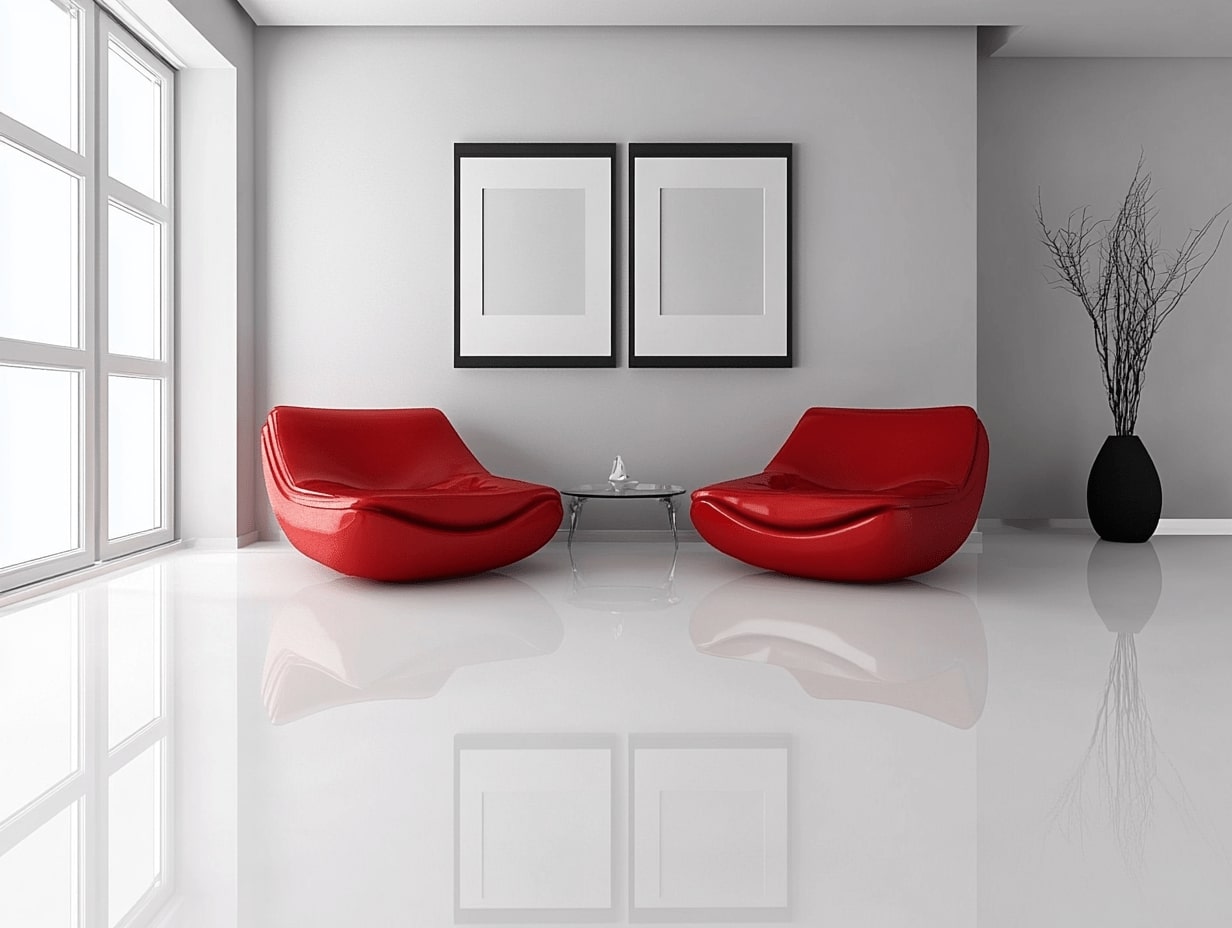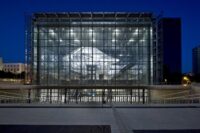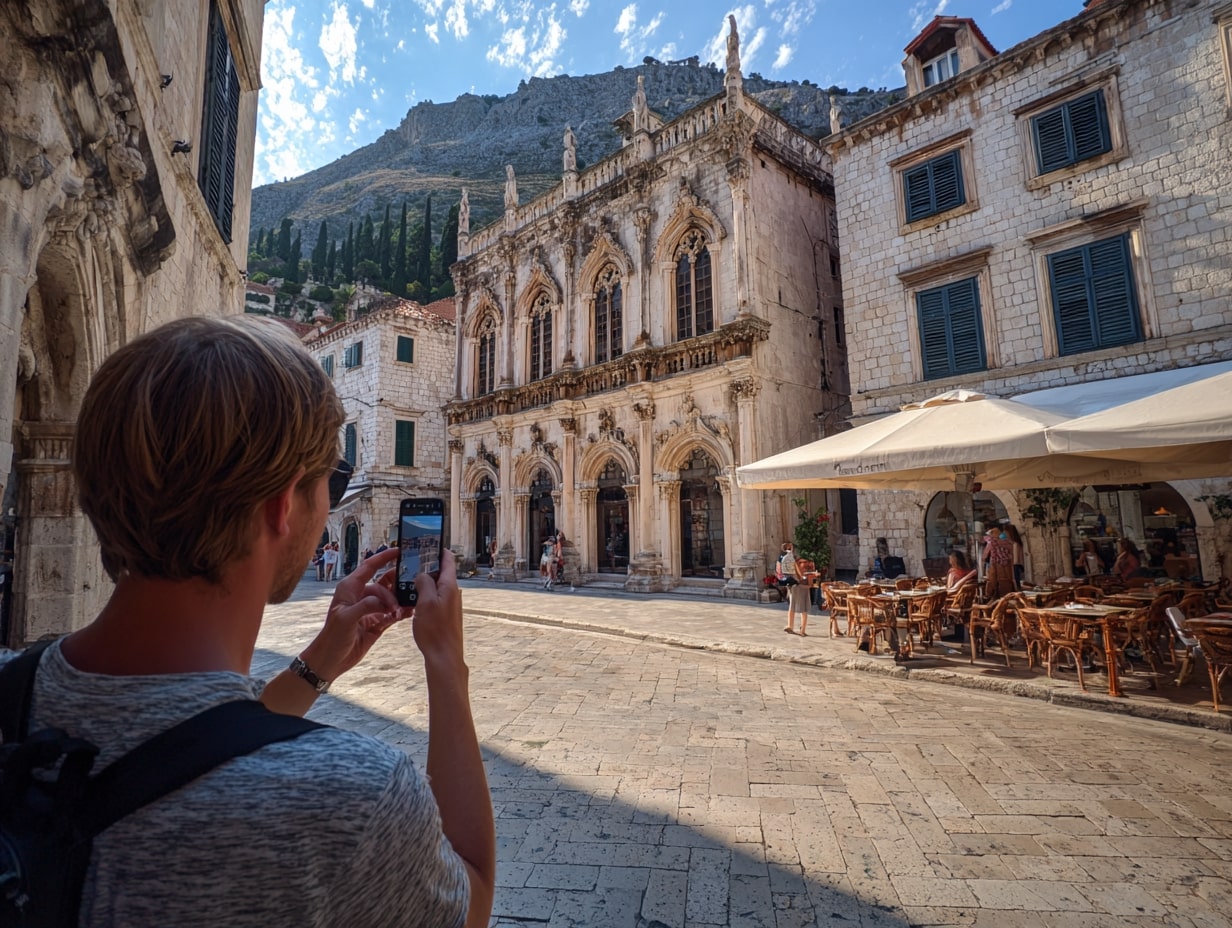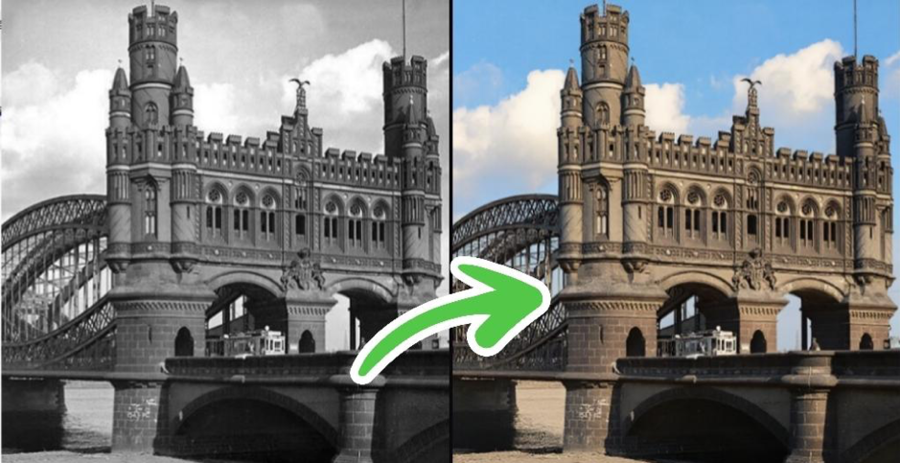- Home
- Articles
- Architectural Portfolio
- Architectral Presentation
- Inspirational Stories
- Architecture News
- Visualization
- BIM Industry
- Facade Design
- Parametric Design
- Career
- Landscape Architecture
- Construction
- Artificial Intelligence
- Sketching
- Design Softwares
- Diagrams
- Writing
- Architectural Tips
- Sustainability
- Courses
- Concept
- Technology
- History & Heritage
- Future of Architecture
- Guides & How-To
- Art & Culture
- Projects
- Interior Design
- Competitions
- Jobs
- Store
- Tools
- More
- Home
- Articles
- Architectural Portfolio
- Architectral Presentation
- Inspirational Stories
- Architecture News
- Visualization
- BIM Industry
- Facade Design
- Parametric Design
- Career
- Landscape Architecture
- Construction
- Artificial Intelligence
- Sketching
- Design Softwares
- Diagrams
- Writing
- Architectural Tips
- Sustainability
- Courses
- Concept
- Technology
- History & Heritage
- Future of Architecture
- Guides & How-To
- Art & Culture
- Projects
- Interior Design
- Competitions
- Jobs
- Store
- Tools
- More
Top Tips for Stunning Architectural Photography: Elevate Your Images with Creativity and Skill
Discover essential tips and techniques to elevate your architectural photography skills. From mastering composition and lighting to uncovering unique perspectives, learn how to create visually stunning images that tell captivating stories. Explore expert advice on gear, post-processing, and avoiding common pitfalls to transform buildings into extraordinary works of art.

Capturing the beauty of architecture isn’t just about pointing a camera at a building. It’s about telling a story, highlighting unique details, and showcasing the interplay of light and structure. Whether it’s a towering skyscraper or a quaint historic home, architecture offers endless opportunities for creativity.
We know how challenging it can be to translate the grandeur of a structure into a photograph. Angles, lighting, and composition all play critical roles in making an image stand out. With the right techniques, though, we can transform ordinary shots into stunning works of art that truly capture the essence of a building.
Let’s explore some essential tips that’ll help us elevate our architectural photography skills. From mastering perspective to finding the perfect time of day, these insights will ensure our photos leave a lasting impression.
Table of Contents
ToggleImportance Of Architectural Photography
Architectural photography preserves the essence and craftsmanship of structures. It visually documents design, materials, and cultural significance, helping viewers appreciate architectural achievements.
This photography bridges architecture and storytelling by showcasing form, function, and artistic expression. Capturing detailed elements like textures, symmetry, and scale allows us to interpret buildings as more than functional spaces.
Architectural imagery is an essential tool for architects, designers, and real estate professionals. High-quality photographs enhance portfolios, marketing materials, and project presentations, making designs more accessible to potential clients and collaborators.
Tourism and historical preservation also rely on architectural photography. Professional images highlight landmarks globally, promoting cultural heritage and encouraging exploration.

Essential Gear For Architectural Photography
Using the right gear ensures precision and enhances the storytelling aspect of architectural photography. Here’s what professionals rely on for capturing breathtaking architectural shots.
Choosing The Right Camera
High-resolution cameras capture intricate details of buildings and their textures. Full-frame DSLRs and mirrorless cameras, such as the Sony A7R V or Canon EOS R5, offer excellent dynamic range and low-light performance. These features help maintain clarity in bright exteriors and shadowy interiors. Look for manual controls, RAW shooting capabilities, and sturdy construction for outdoor shoots. Drones are also a very useful tool for capturing unique angles and wide shots in architectural photography and videography. Videographers are often looking to learn **more about DJI Matrice 400** to see how to best utilize its stability and advanced imaging capabilities during their shoots. This drone can handle detailed sweeps of building exteriors and dynamic fly-throughs of interior spaces. Integrating drone footage can elevate a project, providing clients with a comprehensive visual story of a property.
Lenses For Architecture Shots
Wide-angle lenses, like the Nikon 14-24mm f/2.8, capture expansive spaces and emphasize depth. Tilt-shift lenses, such as the Canon TS-E 24mm f/3.5L II, correct perspective distortions when photographing tall buildings. Standard zoom lenses, including the Sigma 24-70mm f/2.8, offer versatility for framing mid-range subjects and detail shots. Always choose lenses with minimal distortion and sharpness across the frame.
Tripod And Accessories
Sturdy tripods stabilize cameras for sharp images during long exposures or HDR captures. Options like the Manfrotto MT190XPRO4 provide durability and adjustable height. Remote shutter releases or intervalometers minimize vibration for precise results in slow-shutter photography. Circular polarizers reduce glare on reflective surfaces, while lens hoods shield against unwanted light flares. For night or low-light settings, external flashes or LED panels improve illumination balance.

Tips For Stunning Architectural Photography
Capturing remarkable architectural images requires thoughtful planning and creativity. Implementing these techniques enhances quality and ensures visual storytelling is compelling.
Mastering Composition And Framing
Aligning elements within the frame ensures balance and visual appeal. We use techniques like the rule of thirds to guide the viewer’s focus toward key aspects of the structure. Including leading lines, such as pathways or edges, creates depth and directs the eye through the image. When framing, we eliminate distractions like cluttered backgrounds to maintain attention on the architecture.
Utilizing Natural Light
Natural light accentuates textures and highlights intricate details. We prefer photographing during golden hours—shortly after sunrise or before sunset—when soft lighting enhances the building’s features. Overcast days work well for even lighting, eliminating harsh shadows. By observing how sunlight interacts with the structure, we can time shots to capture patterns, reflections, and highlights.
Playing With Angles And Perspectives
Experimenting with angles reveals unique aspects of the architecture. Shooting from low angles emphasizes scale and grandeur, while elevated positions may highlight symmetry or intricate roof designs. Tilting the camera slightly or opting for unconventional viewpoints introduces dynamism. We carefully consider perspective correction to avoid distortion when capturing vertical lines in tall buildings.
Post-Processing For Perfection
Post-processing refines images without altering architectural integrity. We adjust contrast and sharpness to make details pop and use color correction to ensure tones appear natural. Removing distortions caused by lenses or uneven angles through software like Adobe Lightroom or Photoshop keeps the geometry intact. Cropping further enhances composition, allowing us to perfect the final frame.

Common Mistakes To Avoid
Avoiding common mistakes elevates the quality of architectural photography and ensures professional results. Recognizing these pitfalls helps in creating impactful visuals.
Overlooking the Importance of Lighting
Lighting significantly impacts the mood and detail of architectural photos. Poorly timing the shoot results in overexposed or flat images. For example, capturing during mid-day often causes harsh shadows, while golden hour enhances depth and texture.
Ignoring Background Distractions
Cluttered or distracting backgrounds detract from the subject. Neglecting to check for elements like unwanted poles or people diminishes the composition’s clarity and focus. Positioning or perspective adjustments often resolve this issue.
Using the Wrong Lenses
Wide-angle distortion or mismatched lenses result in unbalanced compositions. For instance, using a telephoto lens in tight spaces restricts the field of view, while improper use of wide-angle lenses distorts vertical lines. Applying tilt-shift or suitable wide-angle lenses ensures precision.
Neglecting Proper Alignment
Skewed lines and tilting perspectives reduce professionalism. Failure to align the camera perpendicular to the building may cause unnatural distortions. Tools like spirit levels or in-camera grids help achieve accurate alignment.
Over-Editing in Post-Processing
Excessive enhancement alters architectural authenticity. For example, oversaturated colors or extreme sharpness adjustments compromise the structure’s realistic representation. Subtle corrections preserve both aesthetics and integrity.
Failing to Plan the Shot
Shooting without preparation often results in uninspired images. Overlooking factors like the structure’s unique angles, weather conditions, or vantage points limits creative perspectives. Pre-visualizing the composition optimizes the final outcome.

Enhancing Creativity In Your Shots
Fostering creativity in architectural photography requires pushing boundaries to uncover unique perspectives. Exploring unconventional angles or framing methods can transform mundane structures into visual masterpieces. For example, shooting from ground level or through reflective surfaces like puddles introduces unexpected dynamics.
Incorporating human elements or environmental details tells a richer story. Including pedestrians, blurred motion, or surrounding foliage creates depth and adds context, showcasing the interaction between architecture and its environment.
Experimenting with light and shadows can craft distinct moods. Utilizing silhouettes during sunrise, shadow patterns cast by facades, or illuminated windows at dusk highlights architectural features in intriguing ways. Timing and observation are critical to harnessing light creatively.
Playing with symmetry and asymmetry enhances compositional impact. Emphasizing repetitive patterns like columns ensures order, while intentionally breaking symmetry draws attention to specific attributes. Both techniques evoke strong visual interest when used strategically.
Using color creatively enriches architectural narratives. Highlighting vibrant elements like murals or pastel facades contrasts neutral tones, making them pop in the frame. Conversely, embracing monochromatic schemes simplifies visuals, channeling focus to shapes and textures.
Conclusion
Architectural photography combines technical expertise and creative vision to transform buildings into compelling visual stories. By applying techniques such as mastering composition, optimizing natural light, and experimenting with perspectives, we can enhance the impact of our images. Leveraging the right gear, from high-resolution cameras to tilt-shift lenses, supports precision and brings out intricate details.
Avoiding common mistakes like poor timing, background distractions, or misaligned shots ensures professional-quality results. Incorporating creative strategies, like unconventional angles or dynamic use of symmetry and color, adds depth and character to our work.
Refining images through mindful post-processing completes the process, maintaining the authenticity of the architecture while enhancing overall presentation. Together, these practices elevate architectural photography from a technical exercise to an artistic endeavor that preserves and celebrates the essence of human-made structures.
- architectural photography creativity
- architectural photography tips
- architecture image enhancement
- architecture photo shooting tips
- architecture photography guide
- best architecture photography techniques
- creative architectural photography
- creative building photography ideas
- elevate architecture images
- high-quality architectural photos
- how to photograph architecture
- improve architectural photography skills
- photography skills for architecture
- professional architectural photography
- skillful building photography
- stunning architectural shots
- tips for better architectural photos
- unique architectural photography
Submit your architectural projects
Follow these steps for submission your project. Submission FormLatest Posts
Famous Architectural Photographers You Should Know
Famous architectural photographers you should know—Stoller to Baan. Learn their styles, what...
How to Restore Old Photos of Historical Buildings with AI Tools
Introduction To restore old photos is essential since these contain invaluable memories,...
From Las Vegas to Rome: A Visual Journey by Iwan Baan at Princeton University
The Princeton University School of Architecture presents “From Las Vegas to Rome”...
Unlocking the Art of Architectural Photography: Techniques, Tips, and Equipment Guide
Explore the captivating world of architectural photography in our latest article. Discover...












Leave a comment